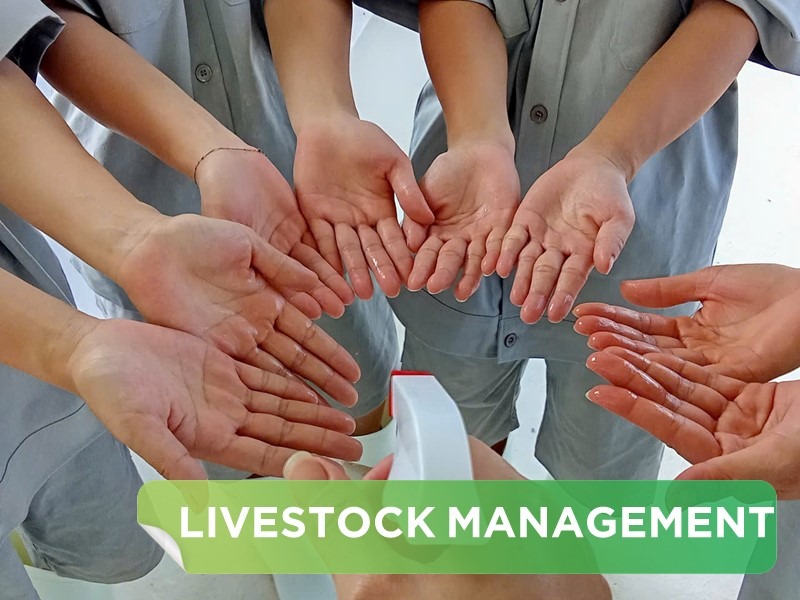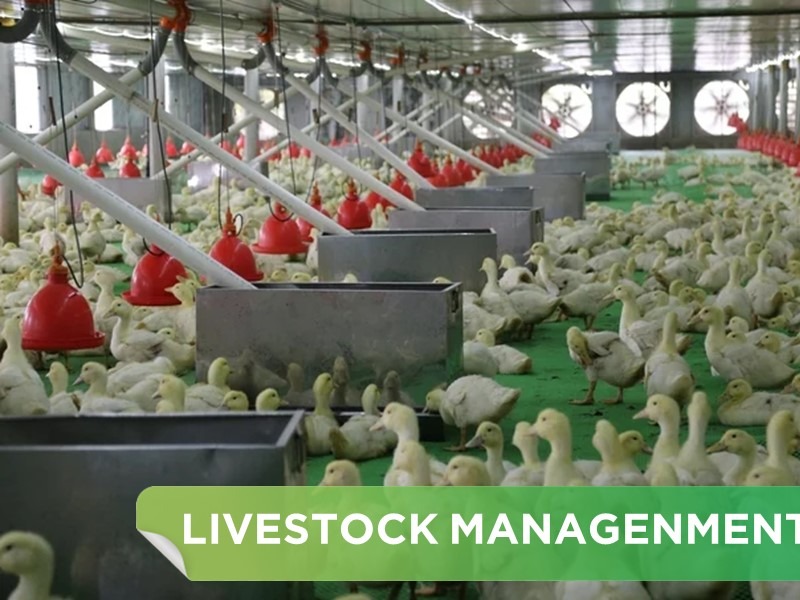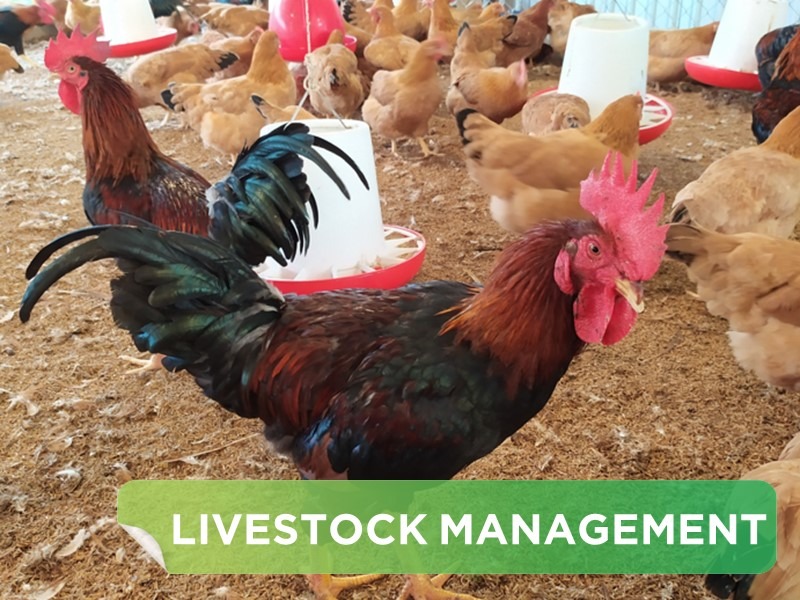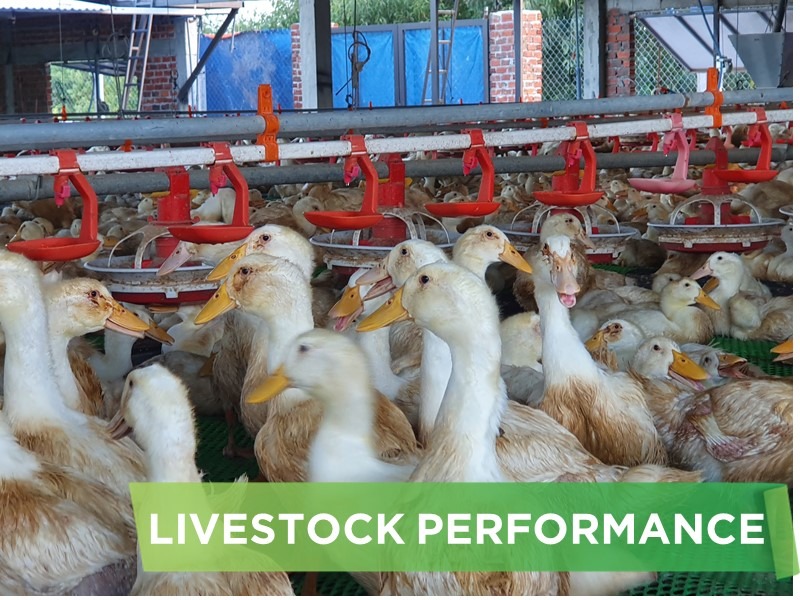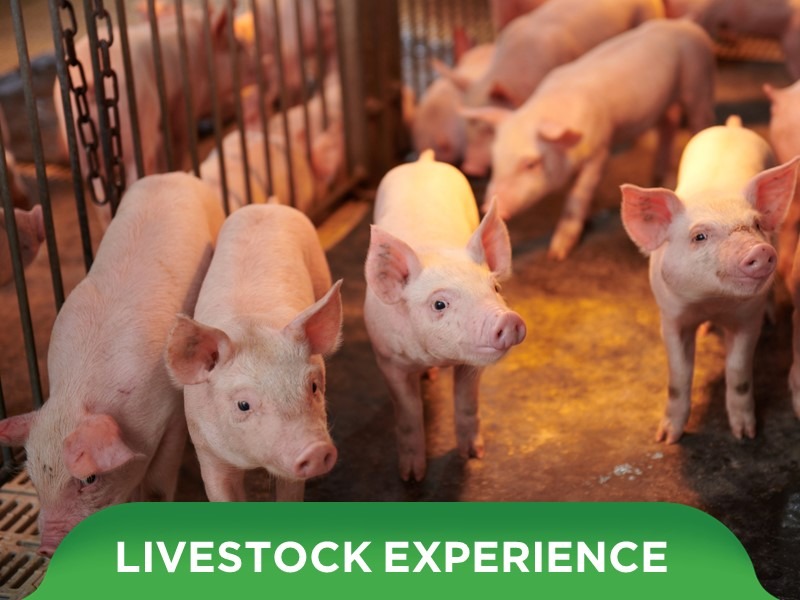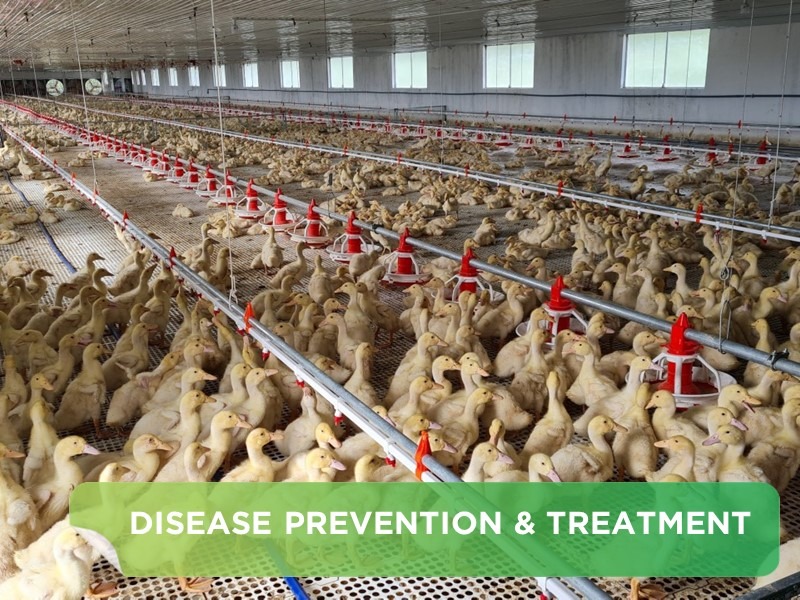In addition to the basic conditions of warmth, humidity, water source and space, etc., depending on the different farm models, suitable conditions for each type of farm will be applied. This article will introduce 2 typical quail layer barn models today.
1) What are the mandatory conditions when building a quail layer barn?
Building the barn meeting the biosecurity factors and ensuring the quality livestock is an important first step to a successful farming season. Accordingly, following mandatory conditions for building the quail layer barn must be carefully paid attention to:
• ADEQUATE VENTILATION: ensure that the barn is always well ventilated in the summer
• ENOUGH WARMTH: also ensure that it is always warm in the winter
• CONVENIENT CLEANING: ensure easy cleaning and disinfection after each batch
• PROTECTION FROM WIND AND RAIN: ensure that the case is not exposed to wind or rain
• GOOD ENVIRONMENT: ensure a quiet environment for quails, because they have good hearing and are easily affected by noise
• ADEQUATE WATER SUPPLY: Also ensure adequate water supply for quails
• CONVENIENT TRANSPORTATION: Ensure convenience for transporting bran, eggs, etc.
2) Learning about 2 typical quail layer barn models
Two following main barn models are usually used for the quail layers:
• OPEN BARN MODEL: A barn model with ventilation and plenty of natural light.

Open barn - One of main quail layer barn models today
• CLOSED BARN MODEL: A barn model with a partition from the outside environment with an air conditioning system and artificial lighting.

Closed barn - One of main quail layer barn models today
In addition, whether a closed barn model or an open one is applied, it is necessary to ensure the technical requirements for quail layer barn, specifically:
1. Quail layer cage:

• Cage size (1m x 1m x 0.2m) with a capacity of 45 - 50 quails/cage.
• Usually overlap each other 10 - 12 cm and the grid (net) in the middle to collect manure.
• Vertical bars: about 5-6 cages/bar
• Cage size 1m x 0.5m x 0.2m with a capacity of 25 - 27 quails/cage.
2. Cage bottom - Cage walls

• Cage bottom is made of 1 - 1.5cm square mesh, 3% slope so that the eggs roll out.
• The cage walls are made of horizontal (or vertical) bars spaced 2.8cm apart for the quails to get food and water
3. The drinking trough can be made of plastic along the length of the cage
 4. Nipple drinker: Arrange the nipple drinker for the quails with a density of 20-25 quails/nipple drinker
4. Nipple drinker: Arrange the nipple drinker for the quails with a density of 20-25 quails/nipple drinker
 Conclusion:
Conclusion:
In recent years, poultry diseases have had many complicated developments that have been difficult to treat and spread quickly, causing huge losses for the farmers...etc. Choosing a cage model (either closed or open one) suitable for the climate and environment in each locality is therefore very important and urgent because it helps to initially prevent epidemics, increase productivity and efficiency in raising the quail layers.
